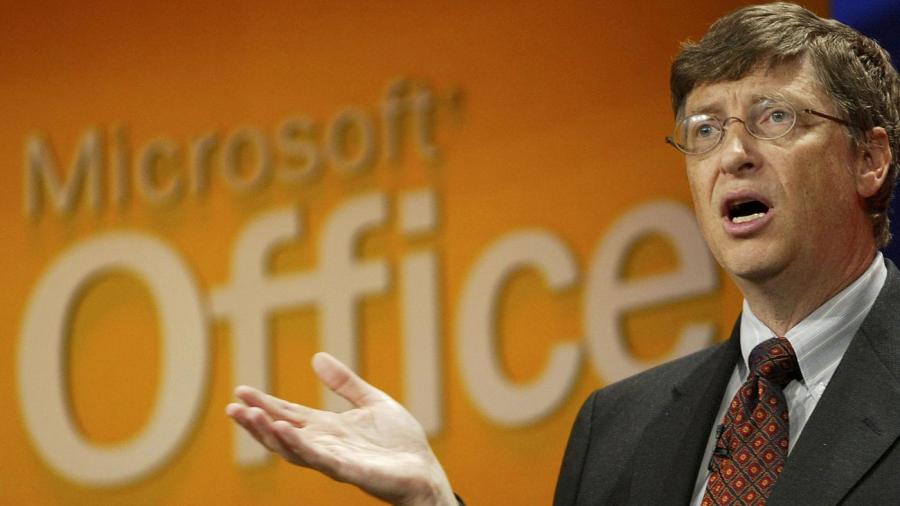What Is the Difference Between Shareware and Freeware?

Shareware refers to copyrighted software that is distributed for free but for a particular evaluation period only, whereas freeware refers to copyrighted software that is available free of charge for an unlimited time. Shareware allows users to try the software before purchasing it, while freeware enables anyone to download it without paying. Typically, shareware offers limited features only, but freeware makes all of its features available.
Shareware is often distributed as liteware, wherein certain capabilities are disabled. When a person wants to use a shareware program after the trial period expires, he must buy a license for the software. By purchasing the program, a user can access the program’s complete features. Developers of shareware market it directly to the end user. They usually omit the normal distribution channel, including retail middlemen. Developers also encourage users to share the program so other people can try its features.
On the other hand, freeware developers do not charge anything for using their programs. They give permission to download and copy the fully functional software to all users. Developers do not require payment or acknowledgment for using the software. Freeware is typically downloadable without its source code to prevent users from modifying it. Developers retain ownership and can change future releases to make the freeware into a paid product.





